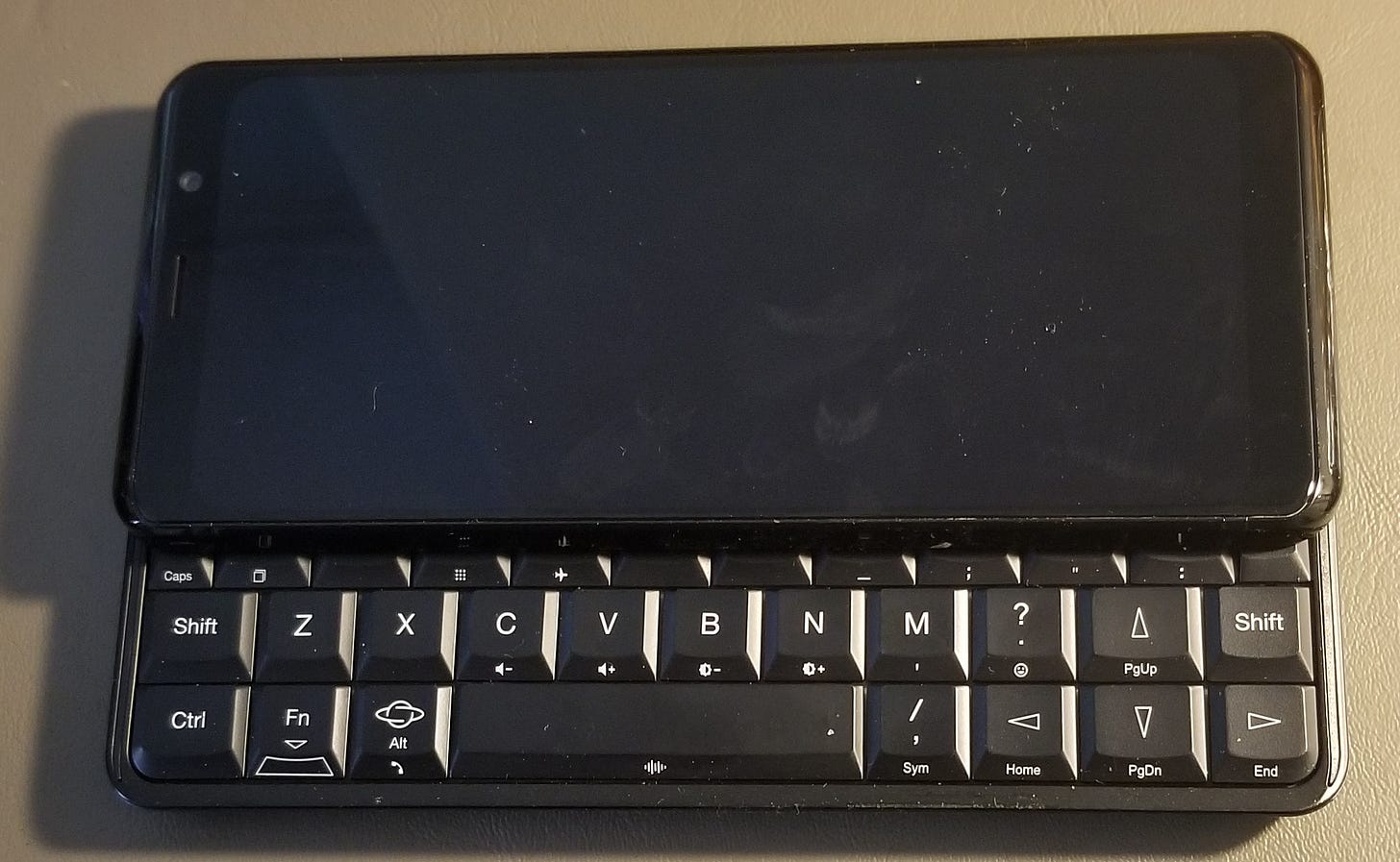Gadgets I Would Like to See
A noisy restaurant or bar is an example of market failure. All of us would be better able to talk with each other if we all kept our voices down. But it is in the interest of each of us to speak just a little louder to be heard by the friends at the far end of the table. I speak a little louder, so you (at the next table) have to speak still louder to he heard over me, he (at the table on the other side of you) speaks more loudly still to be heard over you. Eventually we are all almost yelling and nobody can be heard. Bars are often worse.1
There is an obvious technological solution if only someone would implement it. All of us wear noise cancelling headphones with attached microphones. Each has a laser pointer and computer hardware to identify the individual pointed at, connect via Bluetooth my mike to his headphones, his mike to mine; we can now conduct our conversation free of interference from other people’s conversations. Additional functions of the system include adding more people to the conversation or opting out of a conversation that loses your interest.
(added later)
Along similar lines, a commenter on this post writes:
I'd like a jukebox selection where, if the user pays the coin and makes the correct selection, the result is about four minutes of silence.
Thermostatic Stove top
I want to simmer a pot for half an hour. I turn the burner to high until the pot is close to boiling, turn it down to 6 or 7 to bring it the rest of the way to a boil without too much risk of boiling over before I notice it. When it does come to a boil I turn it down to 3.5, my guess at the setting that will maintain a simmer. Ten minutes later I either notice that it has stopped boiling and turn it up to 4 or notice that it is boiling energetically and turn it down to 3. Ten minutes after that I adjust it again.
Life would be much simpler if, instead of controlling the pot by controlling how much heat the burner is putting into it I could make the power the burner puts out depend on the temperature of the pot. Set it to 212° and the burner automatically reduces the power when the pot reaches a boil, increases it as necessary to keep it boiling. With a little experimentation I should be able to distinguish a slow simmer, (208°?), from a rolling boil (220°?). The exact numbers would depend on where in or on the pot the temperature was being measured; the bottom surface of the pot would probably be easiest, since it is in contact with the burner.
Searching the web for thermostatic stove tops I found a couple of induction hot plates that claim to be thermostatic, give the option of setting temperature instead of power, but have no explanation of exactly what they are doing. I found one electric (not induction) hot plate that was thermostatic and had a magnetic stirrer as well, but it was listed on Amazon under “Industrial and Scientific.” I found no stoves or stovetops with thermostatic burners.
It occurred to me, eventually, that what I wanted already existed in a kitchen appliance, one I had used, owned. Electric skillets, unlike stovetop burners, are thermostatic, controlled by setting the surface temperature. To make pancakes on a frying pan on the stove I have to adjust the temperature by trial and error, testing it with drops of batter. With the electric skillet I do that once to discover what temperature works. Thereafter I can just set that temperature, wait a little until the light indicating that it is still heating up goes up, and start making pancakes. Or anything else suited for a frying pan.
Which raises an interesting puzzle: Why are electric frying pans designed to control temperature, stove top burners to control power? Is it historical accident or is there a good reason why a cooking device intended for frying does it one way, a general purpose device the other? And why does neither, even a very expensive stove, give you both options?
An Improved Toilet
I asked a friend we are visiting with for his suggestion of a gadget he would like to see and he suggested a toilet that, when you flushed it, adjusted the amount or pressure of water to what was needed in order to avoid getting stuck. The nearest equivalent I know of is a toilet with a low setting intended for urine, high for feces. His version would have a continuous range and some way of monitoring what was required, perhaps by detecting the low flow rate then the toilet was beginning to stick.
The Thermostatic Bathtub
Already mentioned in an earlier post along with a computer I can use in the bathtub.
The Gadget I Got
Before cell phones there were pda’s, personal digital assistants. The best known was the Palm Pilot but my favorite was the Psion, a miniature laptop about the size of a modern smart phone. Unlike its competitors at the time and almost all smart phones today, it had a keyboard you could actually touch type on — in my case using thumb and three fingers of each hand.
Eventually pda’s, including the Psion, went away, replaced by smart phones. In several blog posts I suggested that one of the smartphone companies should license the magic spell on the Psion keyboard and use it to make a smartphone you could really type on. None of the big companies ever did.
I was not the only Psion fan. Planet Computers, a small British firm, produced the Gemini, a smart phone in the Psion form factor with a keyboard designed by the designer of the Psion keyboard. I bought one, admired it, never ended up using it to replace my conventional smartphone since the clamshell design was less convenient for everything other than typing; you had to open it up to see the screen.
Eventually Planet Computers solved that problem by bringing out the Astro Slide. Closed it is a cell phone, a little thicker and a little heavier than most smart phones. Slid open it is a miniature laptop you can type on. I have it with me at the moment.
.
But I only have it with me as a backup, in case my Samsung Note 8, currently with a cracked screen, dies on me. The reason I haven’t switched to it is that while I was waiting for a smart phone with a usable keyboard, speech to text software got good enough so that I no longer needed one.
This assumes that most people share my distaste for noisy rooms. There is some evidence, most obviously the number of people who to socialize in rooms with loud music and poor acoustics, suggesting that many do not.




The Breville Control Freak is close to what you want in a burner. My son in law has it and loves it - and it is very impressive, and very pricey. But he makes some amazing dishes with it, so I think - if you care a lot about precise temperature control - it is worth it.
https://www.breville.com/us/en/products/commercial/cmc850.html
The alternative to shouting in a noisy place is to get closer. This works best for couples.
There are apps for larger groups. You can try a group FaceTime call. Perhaps Android phones have something similar.